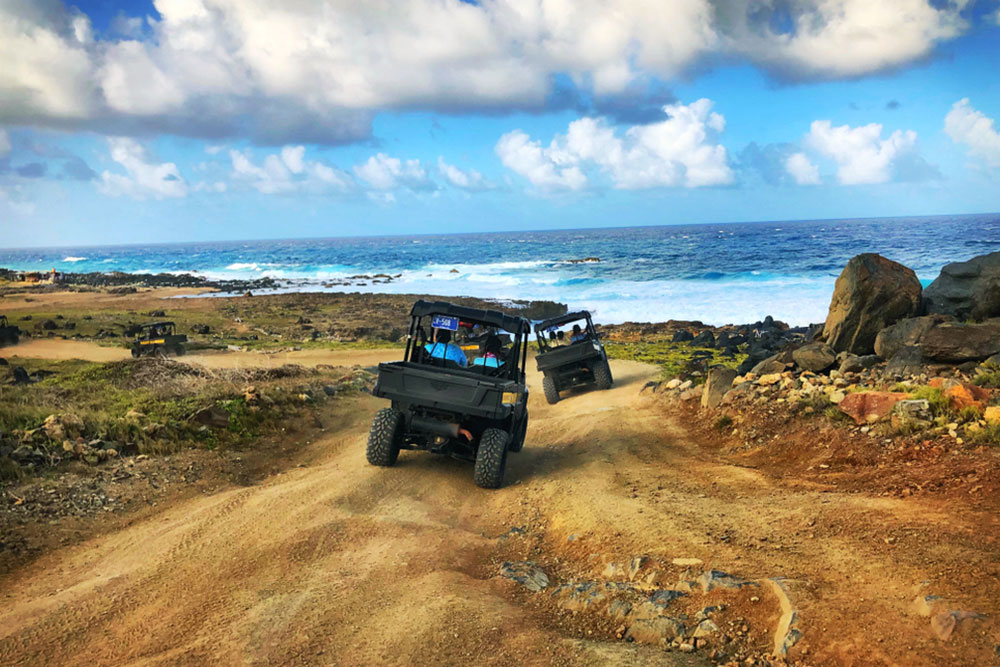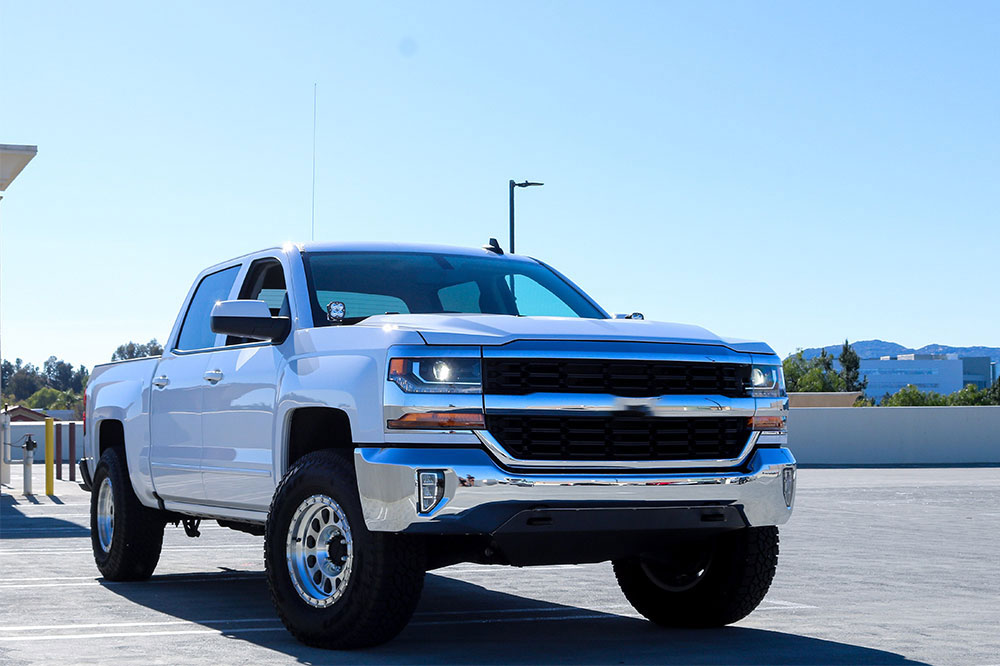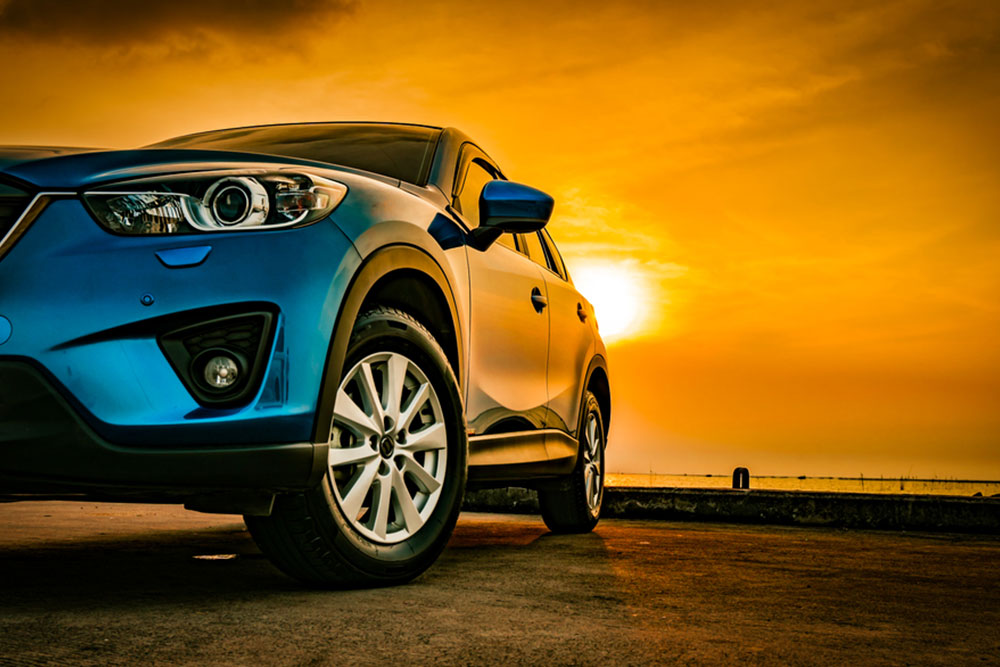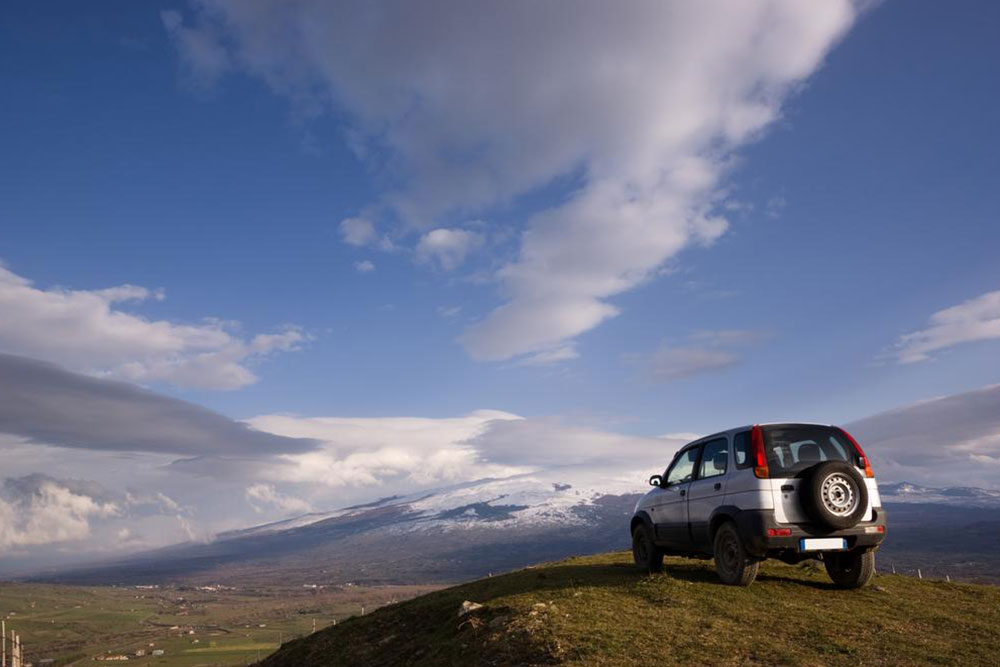Comprehensive Guide to Distinguishing Between ATVs and UTVs for Outdoor Enthusiasts
This detailed guide explores the fundamental differences between ATVs and UTVs, highlighting their unique features, best applications, and considerations for outdoor enthusiasts. Learn how to choose the right vehicle for recreational fun, racing, or demanding work tasks like snow removal, ensuring optimal performance and safety tailored to your needs.
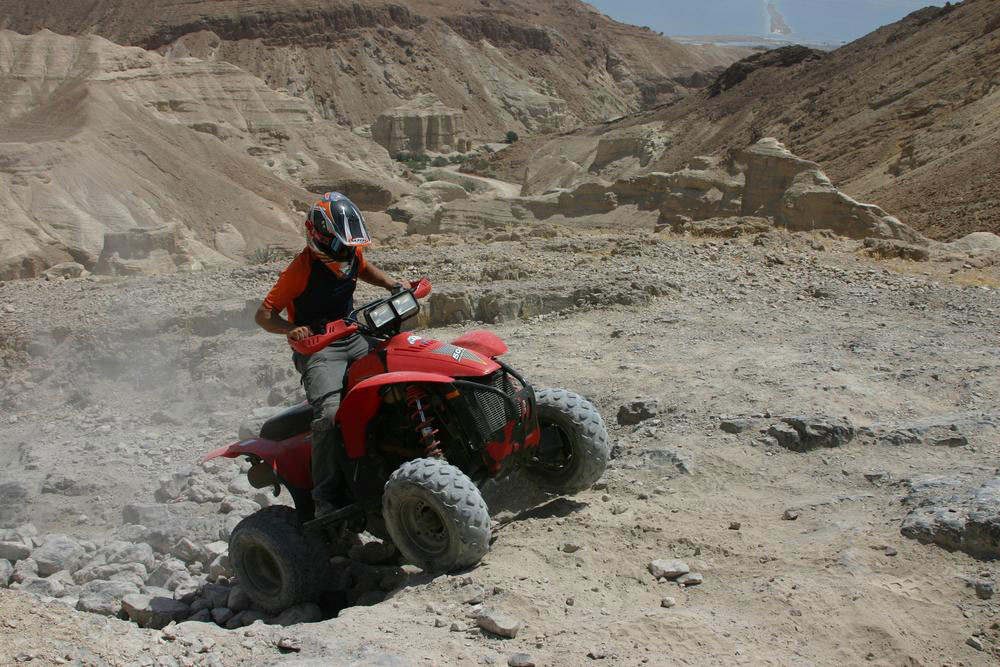
Comprehensive Guide to Distinguishing Between ATVs and UTVs for Outdoor Enthusiasts
Are you an outdoor aficionado exploring the world of off-road vehicles? Whether you're an experienced rider or a newcomer, understanding the fundamental differences between ATV (All Terrain Vehicle) and UTV (Utility Task Vehicle) is crucial for selecting the right vehicle tailored to your needs. These vehicles, often confused due to their similar appearances and functionalities, play vital roles in both recreational and professional outdoor activities. This comprehensive guide aims to clarify their distinctions, functionalities, and best applications to help you make informed decisions, whether for leisure, work, or winter snow clearance.
ATVs and UTVs might appear similar at a glance, but they are engineered with different core purposes. ATVs, known as All Terrain Vehicles, are designed for agility, speed, and maneuverability. They are lightweight, compact, and perfect for traversing challenging terrains quickly and efficiently. UTVs, or Utility Task Vehicles, on the other hand, are larger, more robust, and built to handle demanding workloads. They are equipped with safety features, enclosures, and greater cargo capacity, making them ideal for work-related tasks such as hauling, towing, and navigating rugged environments. Knowing these distinctions can significantly impact your choice of vehicle based on your specific needs.
When considering outdoor activities, it's essential to understand the versatility and limitations of each vehicle type. For instance, if you are into racing, trail riding, or quick recreational adventures, an ATV offers exceptional agility and speed. Conversely, if your activities involve heavy-duty work, such as farm chores, construction, or snow clearance in winter, a UTV provides the durability, safety features, and capacity necessary for such demanding tasks. Both vehicles can be outfitted with specialized accessories to optimize performance in different conditions, especially in snowy or icy environments.
ATVs are versatile and come in several variants, including utility models and sport models tailored for racing and recreational use. Utility ATVs are designed with features that support carrying capacity and towing capabilities, making them suitable for light hauling and work. Sport ATVs are streamlined, lightweight, and built for high performance, offering excellent speed and agility on forest trails, rocky paths, and rugged terrains. They are often used in racing events and recreational riding.
UTVs, which are sometimes called side-by-sides due to their enclosed cabin and side-by-side seating arrangement, are inherently larger and more powerful. They often feature padded seats, roll cages, and safety harnesses, providing additional protection during rough rides. UTVs are extremely popular among farmers, construction workers, and outdoor adventurers who need reliable equipment to transport tools, supplies, or personnel over difficult terrain.
Price differences between ATVs and UTVs are significant. Entry-level ATVs are more affordable and available for recreational users, while high-end UTVs, with their robust construction and added features, can cost several thousand dollars more. The costs reflect their capabilities, durability, and the range of accessories available for both vehicle types. When choosing between them, consider your intended use—whether recreational or work-related—and your budget to find the optimal solution.
Both vehicle types are adaptable to winter conditions when fitted with appropriate accessories such as snow plows, tracks, and heated grips. UTVs, because of their larger size and power, excel in snowy environments, making them popular choices for snow clearing and winter maintenance. ATVs can also be used effectively in winter but may require additional modifications for safety and efficiency in snowy terrains.
Understanding the differences between ATVs and UTVs extends beyond their appearance; it encompasses their core functionalities, design specifications, safety features, and best applications. By matching these attributes with your specific needs—be it recreational riding, racing, farming, or snow removal—you can ensure a more satisfying and effective off-road experience. Whether you're seeking speed and agility or durability and capacity, knowing the key differences helps you choose the right vehicle for your outdoor pursuits or work tasks.
